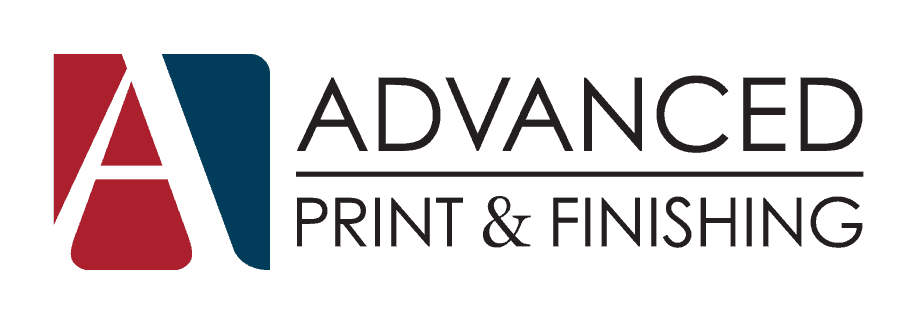The color black – simple. Right? In the world of print the color black is anything but simple. There are points that should be understood when putting black ink on paper. Read on to find out more about the whys and hows of black ink. Process Color / CMYK The problem of black ink is rooted in color theory. That’s boring though so let’s skip ahead. The colors of Cyan, Magenta and Yellow when combined should arrive at the color black. In the real world though they add up to a muddy brown. And even if 100% CMY equalled black we would be stuck with 300% total ink density and the resulting drying issues. So CMY loads up the ink while not making black. Thanks CMY. Then how can we cut total ink density and arrive at a true black? You guessed it – use black ink (the ‘K’ in …
What is… a RIP?
Raster Image Processor RIP is the acronym for Raster Image Processor and is a system that translates computer documents to a printable format. Just like the graphics card in your computer translates digital code into a viewable image, a RIP is necessary to ‘display’ digital content on paper. Unlike your desktop printer with a built in translator, commercial printing RIPs requires a lot more horsepower and has to tackle far more technical problems. At the heart of the RIP is the screening engine. Screening In traditional multi-color printing we would expose images through color filters and very fine screens to break the continuous tone image (photograph or illustration) into a series of tiny dots. These dots are visible under magnification but at normal reading distances the human eye will blend the colored dots back into a continuous image. With the image broken down to dots and component colors we can …
What is… Trap?
The Problem The lower half of the graphic above represents an exaggerated example of misregistration. This is a problem that can exist in any multi-color printing process. Printing presses lay colors down one on top of the next. As the paper moves through the press there can be slight variations in registration – or the alignment between colors. Much of the time this is imperceivable to the reader but under certain circumstances it can be seen as gaps of white between two adjacent colors. Trapping The solution to the problem is called Trapping. With this technique we create a hairline overlap where distinct colors meet. The top half of the graphic above shows an again exaggerated version of trap. The dark outline around the letters in the word “Trap” is an example of the solution. When done correctly, the trap is not noticeable and gaps are eliminated. Our Solution Advanced Print …
Die Cutting Tips
There are things you can do prior to sending a job to us to be die cut to ensure your project goes off without a hitch. Here are a few suggestions to help you achieve this. Gripper Always make sure there is enough gripper on the sheets you are sending over to be die cut. The minimum gripper needed for our equipment is 1/2”, if there is room it should be 3/4”. This especially applies when multiple up sheets are being trimmed down to be cut 1 up. Stock Letting us know what stock you are going to use prior to printing helps us when building a die, especially if it’s going to have folds in it. Creasing rule (score) height plays a big role in making sure the scores don’t crack and the piece folds properly. The rule heights that go into a die are determined by the stock …
What Is… Prepress?
Prepress is the term used in commercial printing for everything that happens before print production. Prepress procedures include: Preflight of supplied files Typesetting and copy changes Color correction of images Creation of high quality, press ready PDF files Dieline layout Proofing Imposition Trapping Screening Preflight can also include planning and preparation for print jobs that require finishing work. Prepress is a necessary function that helps coordinate the needs of the printing, finishing and bindery departments with the files supplied by the customer. Have a Plan The Advanced Print & Finishing prepress department has decades of experience in file preparation and work closely with customers to streamline the production process. Be sure to contact us early to discuss your next project. Chances are we can provide advise on how to save money or streamline the production process. As we say in Prepress, “a little planning can go a long way”. Stay Tuned …
File Setup for Perfect Bound Books
File setup for perfect bound books can be a bit tricky at times. Accounting for all the variables such as paper thickness, page count, bleeds and hinge scores is necessary to have a quality end product. Here are a few tips to prepare your files: Set Up Tips for the Cover: We require a 3/8” trim on the top and bottom of the book cover. We require an 1/8” trim on the face of the cover. Keep critical text and graphics clear of the trim edges; pull in 1/4” (.25″ margin). If you have any questions about determining the spine thickness feel free to email our prepress department at prepress@advancedpf.com with the type of cover paper, text paper and page/sheet count to get an exact measurement. Set Up Tips for the Inside Pages: We require 1/8” trim on all sides of the book. Send collated slip sheeted sets if printing digitally. Keep …
